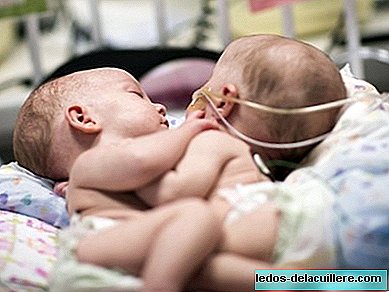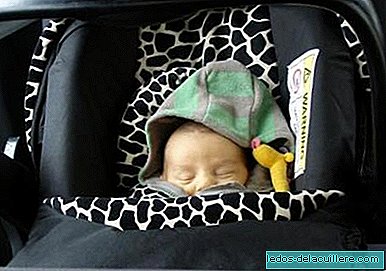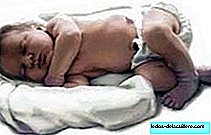
They are very strange cases that occur in one in 200 thousand births, when twins are born united by some part of their bodies. In this case, identical twins Anna Grace and Hope Elizabeth of Texas shared the chest wall, the lining of the heart, the diaphragm and the liver, as well as a large blood vessel that held both hearts together.
They lived together for 13 months, since they were born in December 2016, at which time the operation began to be planned to separate them. On January 13 they underwent a complex surgery that allowed were successfully separated after seven hours of intervention.
The anomaly was detected from pregnancy, and after birth the girls had to remain admitted to the Intensive Care Unit of the Children's Hospital of Houston (Texas) until the operation was possible.
They studied all the possibilities that could be presented to know how to act if they were presented. "We prepared all the plans, A, B, C, D simply by simulating all the things that could possibly go wrong," said Dr. Olutoye, head of hospital surgery.
In the intervention a team composed of 75 specialists, surgeons and nurses that, in addition to separating all the tissues they shared, and restoring blood flow in their hearts, they had to rebuild the cardiac tissue they shared.
How are Siamese twins formed?
It is a strange phenomenon classified within the rare cases of twins, which occurs in about one in 200,000 births, and its name comes from the famous Siam twins, two brothers united by the liver born in 1811.
Formerly they were considered a sign of bad omen, but fortunately at present it is not so, and most cases are resolved by surgical intervention.
Normally, embryo division occurs within the first 13 days after fertilization, but when it occurs late, after the thirteenth day, the division is incomplete causing babies to develop coupled or fused. When the division later occurs, more organs will share.
Depending on the part of the body that joins them, they are classified into: thoracophages (joined by the sternal region, pyrophogous (joined by the back), ischiopagos (joined by the pelvis) and craniopagos (joined by the head).
The cause that causes an incomplete division is foreign to the genes, that is, it is not inherited nor will it be transmitted to the children. Depending on the connection between the two brothers, the possibility of separating them through surgical intervention is assessed. The operation is very complex but we have already seen in the news several cases of Siamese brothers who have been successfully separated.
Siamese originate from a single fertilized egg, so they are always identical and of the same sex. 50% of Siamese twins are born dead and the overall survival rate is 5 to 25%.












